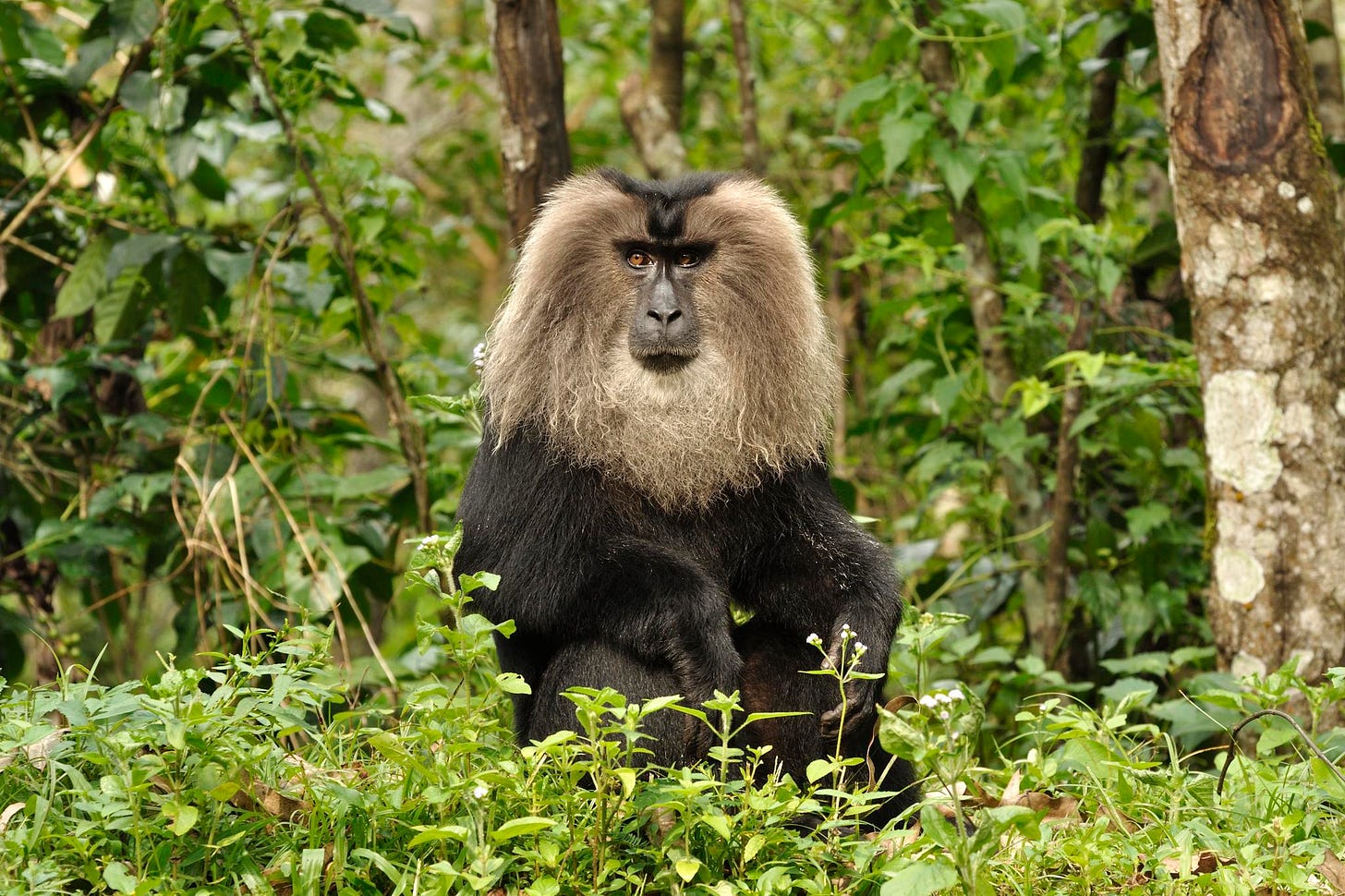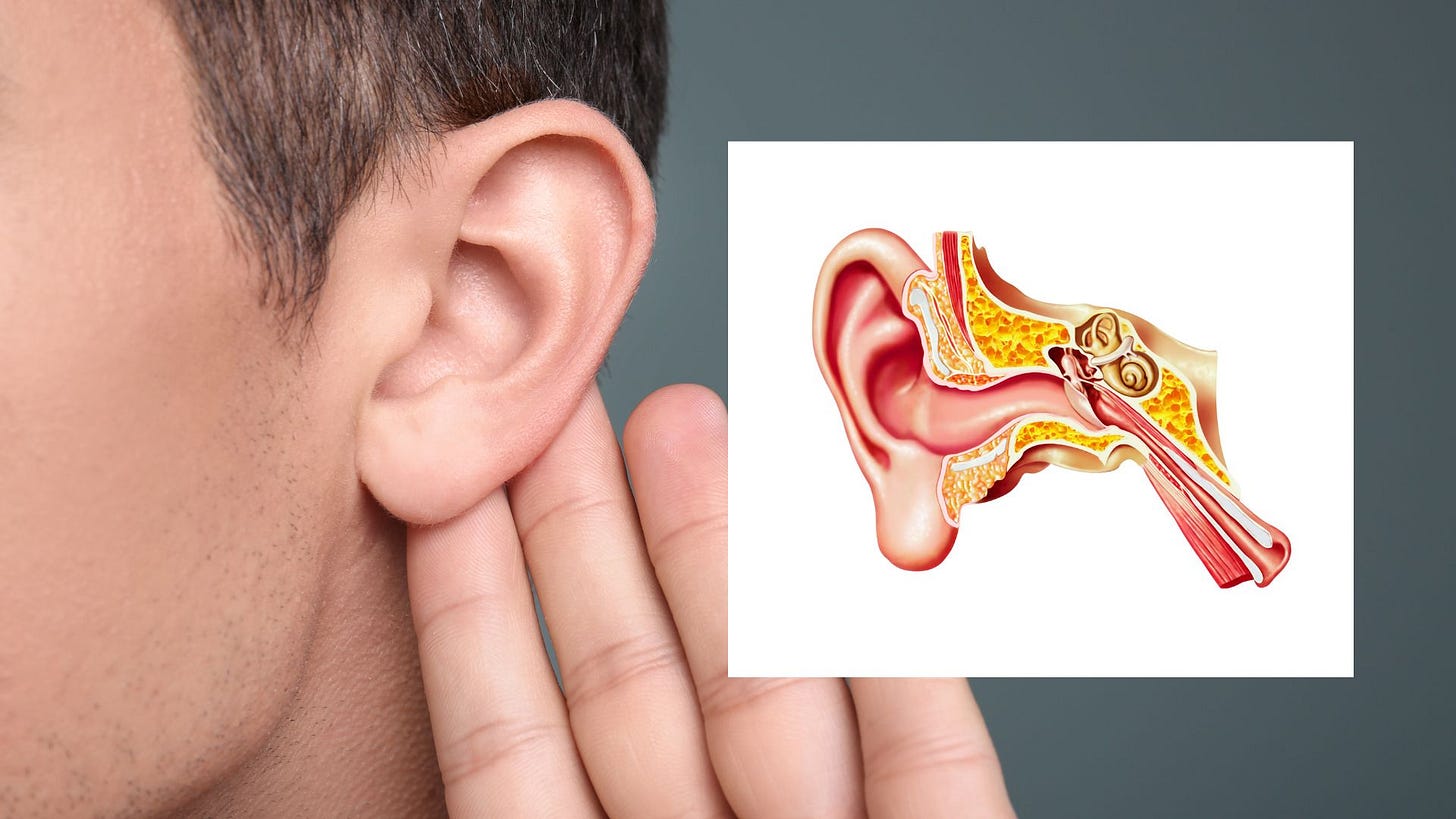Lion-Tailed Macaques, Ear tissue, Predator DNA, Magnetic Gas Shock waves, Antihypernucleus and more...
Weekly Newsletter | Issue #20 - 14 May, 2025
Greetings from Research Matters!
Before we get to the news this week, we have a request.
We need your support! As a small team, it has often been challenging to produce science and research-based content, including daily articles, weekly infographics, comics, and newsletters. If you like our work and want to support the growth of a small science newsroom, kindly consider donating.
Do you have a research publication or upcoming events you want us to cover in the newsletter? Please email us at editors@researchmatters.in.
This week, we celebrated World Migratory Bird Day. In keeping with the 2025 theme—Creating Bird-Friendly Cities & Communities—let us work to make our ecosystems more welcoming. Our infographic shows some of the annual avian visitors to India.
In this week's stories; How Lion-Tailed Macaques use the 3D space around them, tissue ordering in the inner ear using subtle forces, using DNA fingerprints to identify a predator, using math to decode how shockwaves travel in a magnetic gas, the first detection of a antihyperhelium-4 nucleus at ATLAS, LHC and more . There are also stories from other Indian media outlets. Check out the events section for all this week's public science events. Don’t forget to check out Scidle - the science wordle, for a new science word every day.
Stories in this edition
Study sheds light on how India's lion-tailed macaques navigate a changing world | CWS
Researchers studied how these highly arboreal (tree-dwelling) primates, who are under pressure from human activity, actually use the space around them.
Tissues and cells organise with subtle mechanical forces for perfect hearing | NCBS, University of Geneva
Researchers study how auditory epithelial cells in chicks simultaneously coordinate position and orientation to arrange themselves lining the inner ear.
CSI Wildlife: DNA unmasks livestock predators | NCBS
New research shows how tiny saliva, hair, or scat traces can accurately identify individual carnivores, paving the way for smarter conflict resolution.
Math helps decode shock waves in magnetic, dusty gas | IIT Roorkee, Netaji Subhas University of Technology
Researchers model a non-ideal magnetic gas filled with tiny dust particles to find how shockwaves travel through them.
Exotic antimatter spotted in heavy-ion collisions at the LHC | ALICE, LHC
Scientists from the ALICE collaboration at the LHC have announced the first evidence for antihyperhelium-4 nucleus detection.
World Migratory Bird Day
Science Games & Puzzles
Try the science wordle game - Scidle, and share your score with the world!
Research Beat | Research-based news in other media
Fighting breast cancer: CDRI mechanism set to increase treatment efficacy - Hindustan Times
ANRF: Four Critical Insights to Drive India's Research Strategy - Economic Times
India’s scientific integrity at risk, warns Majumder - The Hindu
Talk science over a pint of beer or cup of coffee - The Hindu
Top IIT Madras professor's new podcast to break down science careers for students - India Today
Indian scientist uses sunlight to turn carbon dioxide into clean fuel - India Today
Two new crocodile species discovered. They are different from others - India Today
Biggest solar storm heated Earth's atmosphere, generated largest electrical current - India Today
Events
Public Talks - Revisiting the “Green Revolution”: Statecraft of Cultivating Modernity | Archives at NCBS, 14 May 2025
Student Seminar - UV variability of radio-quiet AGN observed by UVIT on board AstroSat - IIA, 15 May 2025
Gravitational Wave Astronomy by Prof. Giles Hammond, Glasgow University, UK - IISER Pune, 20 May 2025
Lesson from the land | Science Gallery Bengaluru, 17 May 2025
Pint of Science Festival | Bengaluru, Delhi and Pune, 19-21 May 2025
Student Seminar - Kinematics and Thermodynamics of Coronal Mass Ejections - IIA, 20 May 2025









